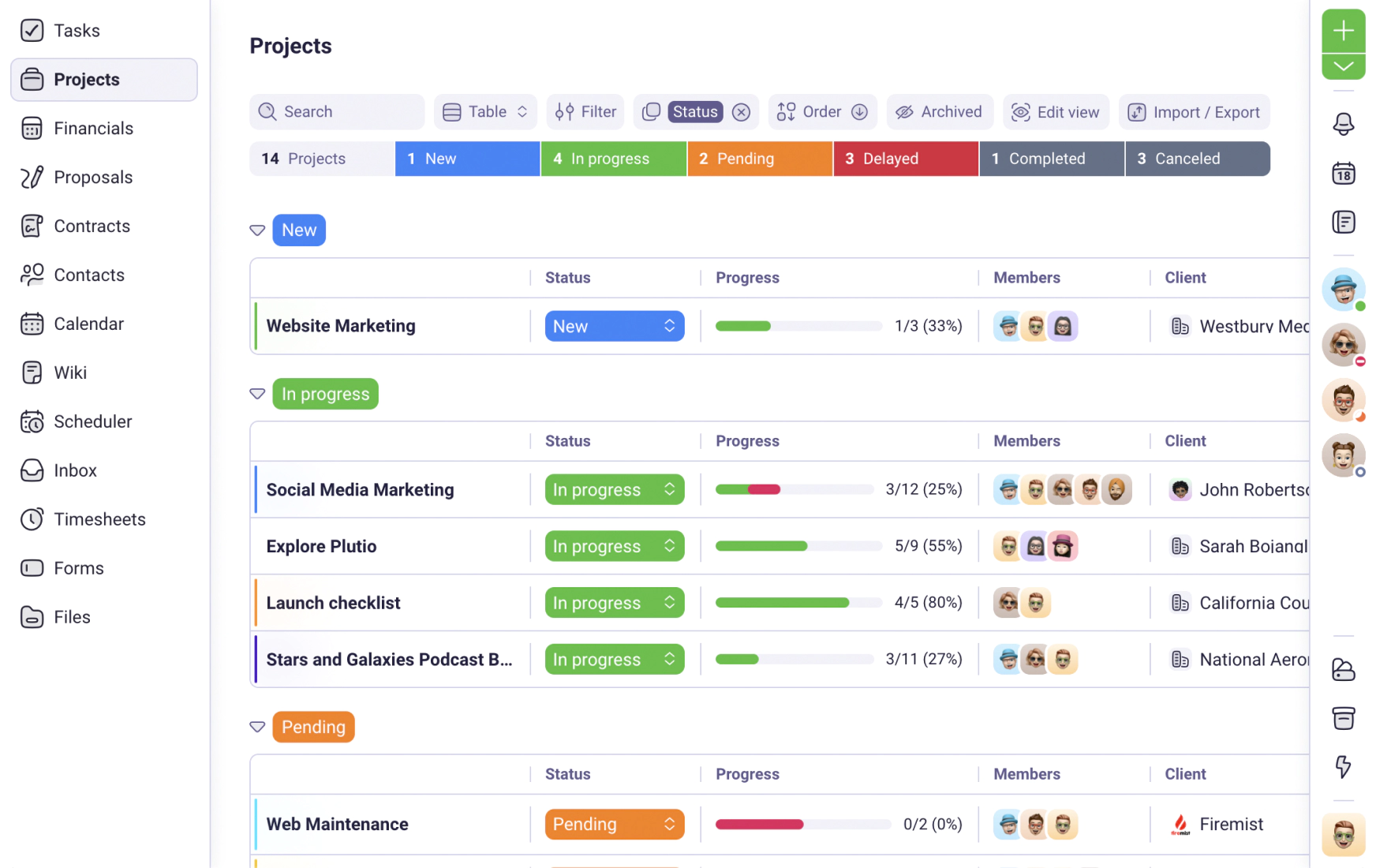We use cookies to personalise and enhance your experience.
The problem with a freelancing career is that there is a ceiling to the amount of work you can do. So, it seems like the only way to make more money is by charging a higher rate.

You can do this for the first few years when you are building experience and authority. But at some point, it may seem like you cannot be raising prices forever.
One way to get out of this rut is by adding more value to your clients. But what truly helps is by expanding your service offering and taking on larger projects.
Collaborate with other freelancers so that you can fill the gaps in your offering with services that these freelancers offer.
This is easier said than done though. Collaborating freelancers, or subcontracting your projects to an agency takes you to unchartered territory that may find difficult to navigate.
This requires you to interview other freelancers or agencies or hire new people. You also now need to handle expenses that you did not have to bother about earlier.
Most importantly, you will now need to transition yourself to a sales guy who sells services that you may not personally be skilled at. Graphic design, anyone?
How do you negotiate this challenge? Here’s a primer.
Build a scalable hiring process
As a freelancer, you may be used to doing things a certain way. When you first start outsourcing, you will see that the quality of output you receive is different from what you are used to delivering.
You may, of course, hire a more skilled freelancer. But skilled freelancers cost money and this may put pressure on your margins.
A better way to do this is by building a scalable hiring process.
This is what you do:
First, create a ‘guidelines’ document that lays out the do’s and don’ts of the job. A freelance content developer, for instance, can produce a ‘Content writing guidelines’ that specifies the tone, formatting, and other requirements in this document.
A web developer, on the other hand, may lay out guidelines regarding the file naming formats, commenting guidelines, etc.
Invest in a good recruitment software that can help you streamline the process of reaching out, and interviewing good candidates. Sure, you don’t need this when you are just setting out to hire. But, as you will see, this is important when you are setting up a scalable process.
By the way, if you are comfortable with GMail, you can tweak this platform to work as your Applicant Tracking System.
Finally, establish a uniform interviewing process that can be outsourced. For instance, you may start with a request for a portfolio, then request a simple project to be executed, and so on.
The reason this process needs to be standardized is because you can now document this process and outsource it to a Virtual Assistant who can get it done for you.
This way, you create a seamless system to hire more and more freelancers into your system.
Build an expense tracking system
After you are done with applications and candidates, the other thing down the lane is expenditure.
This is something that concerns every freelancer. It doesn't matter whether you are an individual or a company, you need to manage your expenditures effectively.
Sure, you can manage a spreadsheet where you update expenses on a regular basis. But this system does not work if you handle partnerships with dozens of freelancers.
Why? Because there is no way to tell how much money you are making from your clients, and what part of it goes away into paying your subcontractors (and taxes, of course).
An expenditure tracking system will help you in tracking individual expenditures and that of your team as well. These are software applications that manage your receipts, reimbursements, and everything that holds your expenses.
In short, they help you achieve scalability, integration, and data privacy at no cost. If you are used to handling everything on spreadsheets, the good thing is that you can configure Google Sheets to work as an expense tracking system.
You now have the backend plumbing for a scalable business ready. The next step is to automate your sales outreach and build a larger clientele.
Build a personal brand
At this point, you may be considering a corporate makeover. That might make sense because your service offering has increased, and you are also bringing new freelancers into your fold on a regular basis.
The problem is this:
When you become an agency, you are going to compete against the biggest names with millions of dollars against their name.
Also, building a business brand from scratch is going to take a really long time.
Instead, if you work on a personal brand, you still retain the ‘human face’ in the eyes of your customer. That can work wonders when building a relationship with a new client.
This is how you do it.
Be more visible on social media: Twitter, LinkedIn, Facebook - they all provide you an opportunity to share your expertise and build a brand for yourself. In all likelihood, you are present on these channels already. You now have to be more consistent in posting on these platforms, and build a following. Launch a blog, if required, and build an email list too.
Automate outreach: Earlier in this article, I talked about creating a guidelines document to help new hires navigate the space and produce content the way you expect it to. On a similar note, produce another guidelines document - this time for your sales outreach.
Hire a freelance salesperson who can follow a step-by-step process to finding new freelancing job opportunities for your business. Even provide them with the exact templates they should use to apply for these job opportunities.
A quick tip: Centralize your outreach identity. That is, make sure that all these outreaches go from your “name”. You can create several variants of your personal email address and get your sales folks to outreach from these IDs.
Here’s why - would you rather open an email from “Neil Patel” or a random Joe? Neil Patel, of course, right? When you invest in a personal brand, people are more likely to notice you, and this improves open rates, and conversions too.
Give away knowledge: This is admittedly neither scalable, nor is a short-term strategy. But this needs to be done. What is your target audience seeking knowledge about?
If it’s in your wheelhouse, start free webinars where you talk on related topics. You can also tie up with online course creators to deliver lectures. For example, a client seeking digital marketing certification would love to hear from someone who is in the industry and can share specific lessons related to this industry.
The idea is to be seen from a place of authority. This way, when you do your outreach, you are more easily noticed, and responded to.
Set up a seamless sales loop where you launch such authority demonstrating marketing campaigns, and then feed the leads you gain into your sales system where outreach and nurturing converts these leads into customers.
While this article may seem like all of this is a straight-forward process, it is not. It takes a lot of trial and error to get your process right. You will also be spending a lot of time doing stuff like hiring and talking to people that you may not necessarily enjoy.
But the truth is that if you want to scale up the value chain and make more money in the process, this is the most sustainable and predictable way to go about it.
Have you tried Plutio yet?
The only app you need to run your business and get work done.
Try Plutio for FREESupercharge your business
The complete toolkit to run your business
The intuitive all-in-one solution to manage and collaborate on projects, share files, build forms, create proposals, get paid, and automate your workflow.
No credit card required


